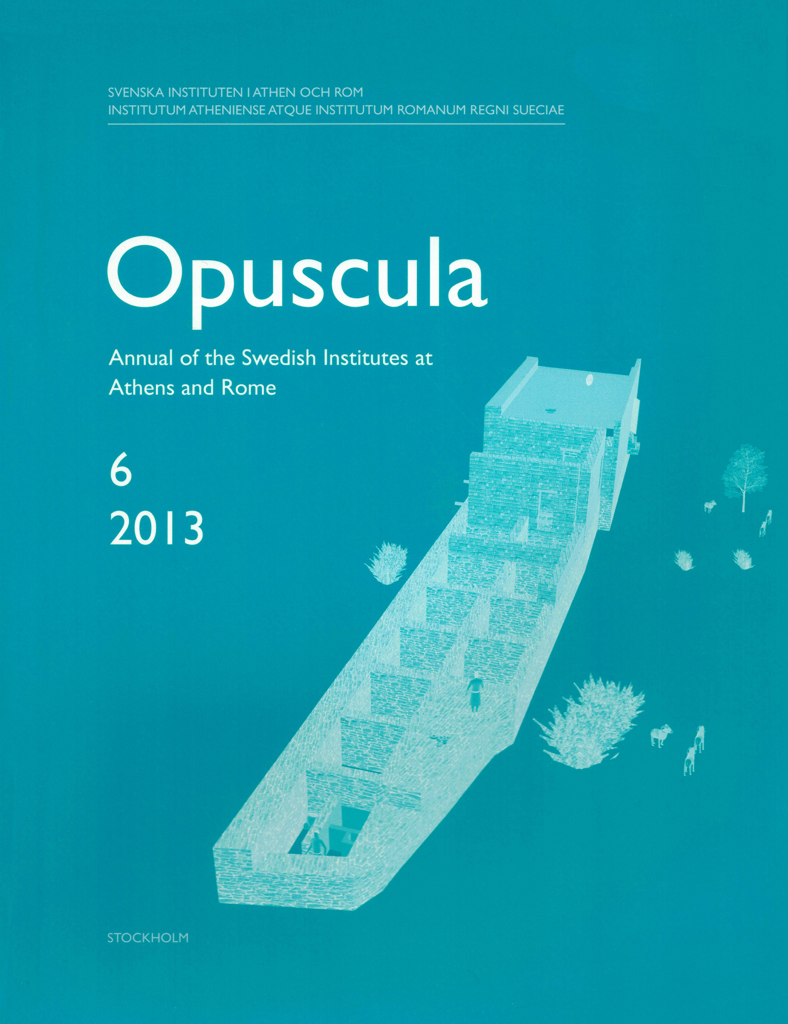Opuscula is published by the Swedish Institutes at Athens and Rome, with the aid of a grant from the Swedish Research Council. Distributed by Eddy.se AB. View journal at ERIH PLUS. All content available with open access. The agency of Greek and Roman statues. From Homer to Constantine By Jan N. Bremmer Abstract In the Archaic period the Greeks did not yet conceptualize the difference between a divinity and its statue. Therefore, stories that stressed the agency of statues separate from their divinities must have seemed less strange at that time than when the statues had become independent, so to speak, from their gods or goddesses. The latter started to happen in the transitional period to the Classical era when the well-known triad of divinities—heroes—mortals came into being, and philosophers began to criticize the worship of statues. All these changes together led to a development in which the agency of statues increasingly became noteworthy. After the 5th century BC we keep hearing about the agency of statues but we can also notice a growing critique of the worship of statues by different philosophical schools. In both Greece and Rome divine statues manifested themselves in particular during moments of crisis or…

